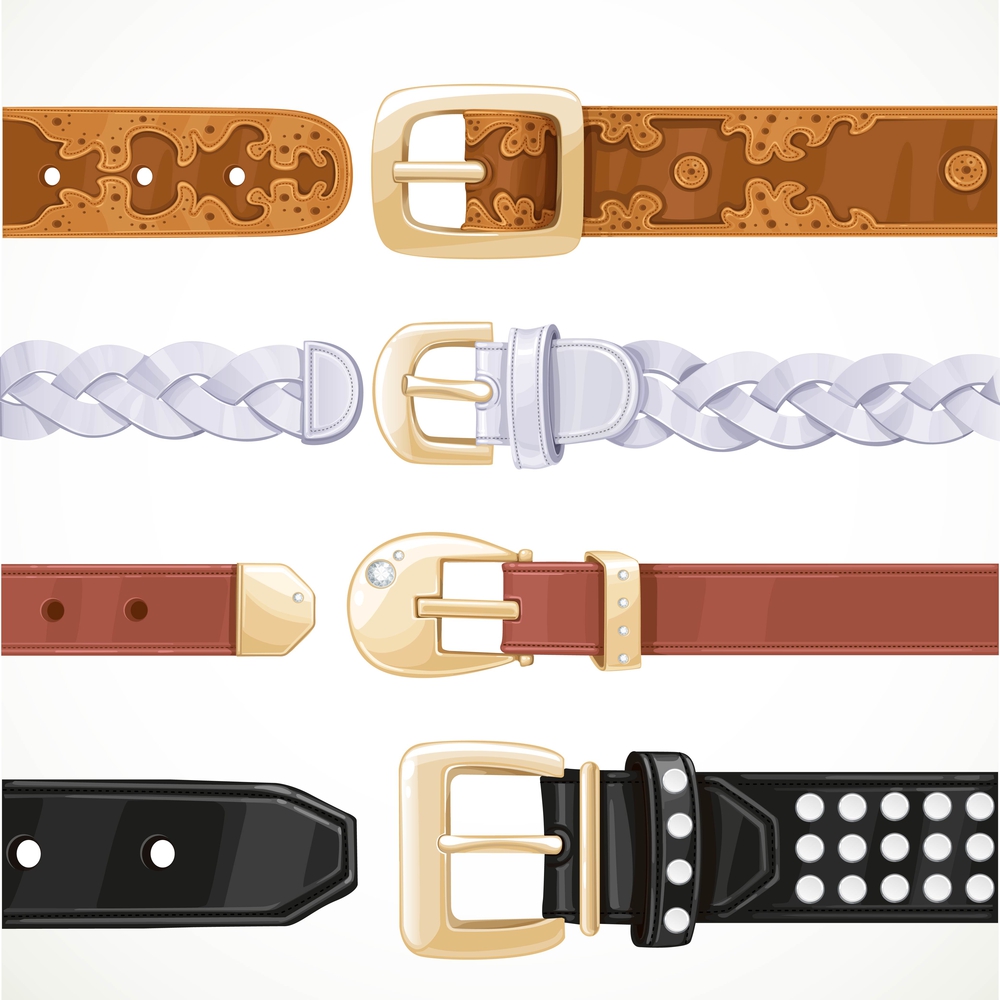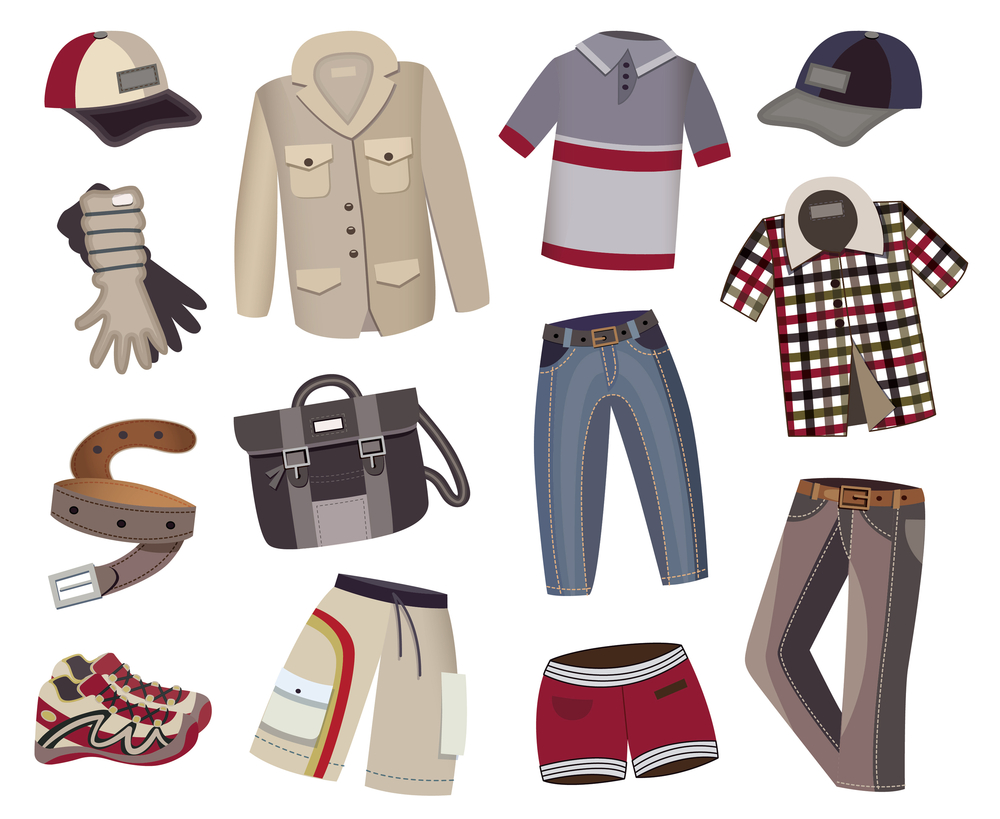Belts can accentuate clothing, ensure a more attractive fit, or serve a functional purpose. No matter the end goal, knowing how to measure belt size is key for consumers to be wholly satisfied with their purchase.
Like other types of apparel, be it jackets, pants, or dresses, belt sizing is not always straightforward. Sizes often vary between clothing brands, usually without rhyme or reason. Then there’s the matter of vanity sizing, which is when retailers use smaller sizes to entice size-conscious shoppers.
These issues become even more complex when purchasing clothing online. While one can easily try on a belt within a store, it can be more difficult to determine the proper size when choosing an online clothing brand. Fortunately, many tools benefit both customers and retailers when it comes to belts and their respective sizes.
How To Measure Belt Size on Your Own

When wondering what belt size you need, it’s possible to determine the proper size using some simple steps. With women’s belts, adding two inches to a waist size typically suffices. If you want a more exact number, you can measure an existing belt from just under the buckle to whatever notch (also known as the belt hole) allows the belt to fit comfortably.
Female shoppers should also know how letter sizes usually relate to waist sizes, as detailed below:
- Extra Small (XS): 28-inch belt size
- Small (S): 32-inch belt size
- Medium (M): 36-inch belt size
- Large (L): 40-inch belt size
- Extra Large (XL): 44-inch belt size
Men can determine their belt sizes using the same steps. Additionally, it’s often easier for men to find well-fitting belts using simple techniques because they don’t tend to vary across brands when it comes to sizing like women’s belts.
While measuring belt size using this method gives a consumer a rough idea, a digital size chart can help online shoppers determine their specific size for the best fit possible.
A Guide to Different Belt Components
Belts are commonplace in attire, which means most people give little thought to them beyond size and style. However, belts consist of many distinct components, including:
Strap
The strap is the most significant part of a belt and can consist of a wide range of materials. This includes leather, nylon, fabric, canvas, rope, vinyl, and other materials. Straps range from fashionable to utilitarian, depending on a person’s preferences. Straps feature numerous notches or holes to help ensure a proper fit or they may be woven, where the prong can be placed anywhere along the weave of the belt.
Buckle
Buckles consist of a frame, a prong, and a bar to fasten the belt together. The frame includes the prong and bar but can also serve a decorative purpose. As for the prong, this is what sticks through each notch on the belt, while the bar supports the prong. Like the strap, buckles can also consist of many distinct materials, including metal and plastic.
Loop
Belt straps can be quite long, depending on the length. After fastening a belt buckle, the loop helps secure the remainder of the strap. As a result, the loop serves a functional and aesthetic purpose, as it prevents the strap from hanging awkwardly.
Tongue
The remainder of the belt strap is the tongue, the section secured by the loop. Tongue size varies according to the length of the belt.
These components are standard across most types of belts. However, decorative details and embellishments can vary greatly, which helps create a bit of stylistic flair.
Why Online Clothing Retailers Should Offer Belts

Managing your online clothing store’s budget is one of many crucial aspects of success. This is especially true regarding your inventory, as adding new items to your product line carries some risk.
If you choose to add a new item, and it fails to sell as expected, you may experience decreased revenue. On the other hand, failing to offer items that your shoppers want can mean that you miss out on sales. In this case, adding belts to the inventory is often a win-win for customers and business owners.
Belts appeal to consumers from a functional perspective, as they ensure a better fit for pants and skirts. However, fashion belts also appeal to consumers’ style sensibilities. Belts are also relatively cost-effective when it comes to your budget. While high-end leather belts may cost a lot, using less expensive materials helps keep costs low while favorably impacting your bottom line.
What Happens When Shoppers Have Issues With Belt Sizes
Despite the many benefits you can enjoy by adding belts to your range of products, there are some potential drawbacks. One major issue is ensuring that customers can find belts in their size with little effort.
Shoppers seeking fashionable, well-fitting belts want a convenient experience when purchasing online. When they can’t readily determine a belt size, they may abandon their pursuit and leave your business without a sale.
If a customer does place an order only to find that their belt is an incorrect size, it can lead to the following poor outcomes:
- Customers will likely be unhappy with the shopping experience, which can affect their loyalty to the online store.
- Online retail staff must allocate their time processing returned items, from conferring with the customer to placing the item back into inventory.
- Customers may speak ill of the online shop, damaging its reputation and affecting future sales.
- Online clothing stores typically lose lots of money on returns and exchanges.
Coresight Research reports that the expenditure associated with returned goods can total 66% of the cost of the item. If your e-commerce shop doesn’t have a reliable sizing tool, returns will likely be a common occurrence.
Knowing How To Measure Belt Size Is Crucial

Kiwi Sizing takes the guesswork out of online shopping, no matter what type of apparel a person is searching for. Because your customers demand a seamless Shopify experience, we offer the digital tools to make it happen. Please contact us today to learn more about our services and how they can benefit your online clothing store.

